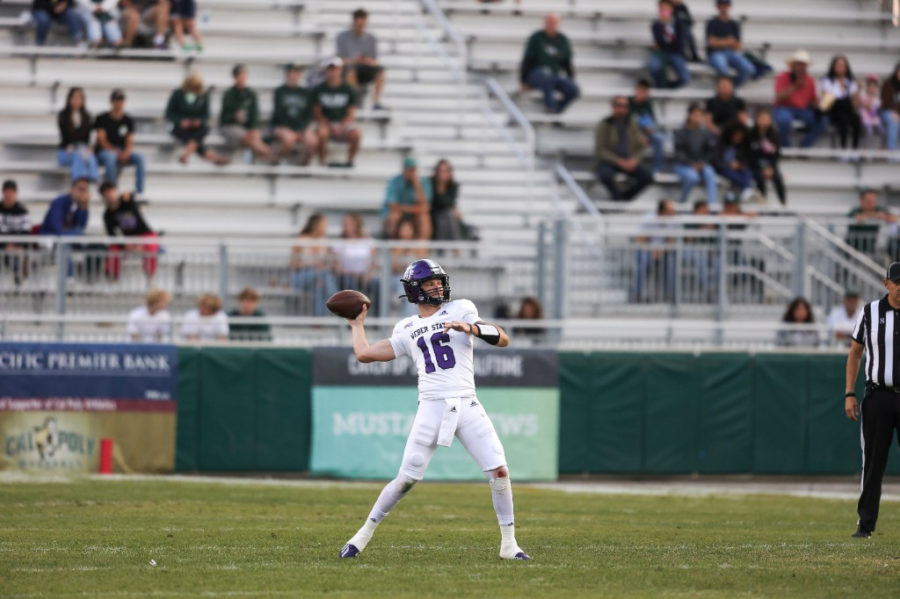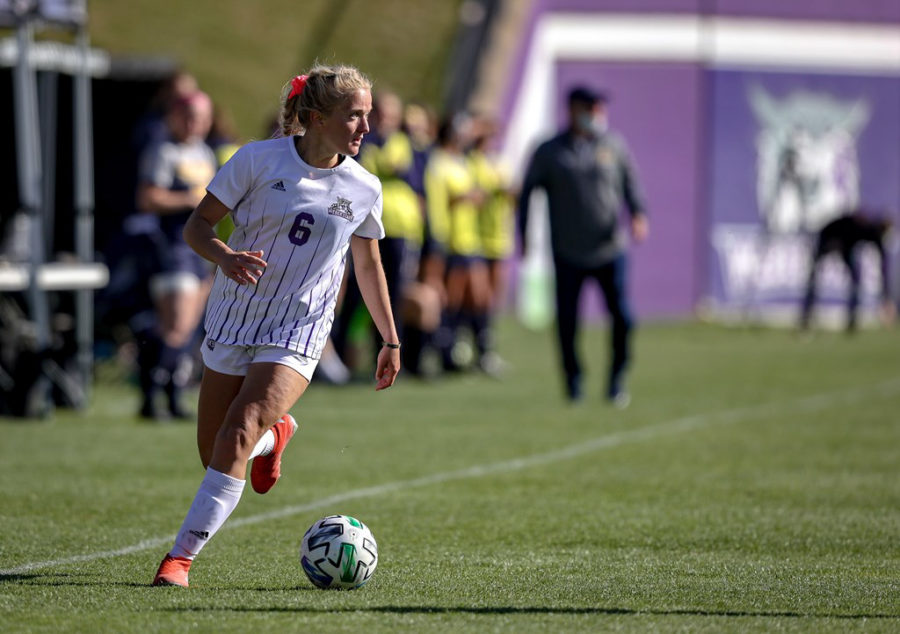

“Hidden Figures,” a film depicting the lives of Katherine G. Johnson, Dorothy Vaughan and Mary Jackson, three African-American women who worked for and made great contributions to NASA, gave a voice to these unsung heroes.
It also strengthened my realization of how whitewashed my early education was.
It is easy to remember learning about Albert Einstein in school and chanting along with the theme-song from Bill Nye’s popular science show, but I can’t recall learning about scientific contributions from people of color, despite how impactful their contributions have been over the years.
While I cannot go back and change the past, I can work now and in the future to expand my knowledge of both history and science by seeking out individuals of color who contributed to society.
Take for example Otis Boykin, a scientist and inventor from Texas, who graduated from his high school as valedictorian and went on to attend both Fisk University and Illinois Institute of Technology.
Boykin was responsible for creating a control unit for the artificial heart pacemaker. During his lifetime, Boykin patented 28 devices.
Pacemakers are still used today in modern medicine to treat heart conditions.
From the time I was young, I knew the people credited for the telephone and light bulb, Alexander Graham Bell and Thomas Edison respectively, but throughout school, my knowledge of them and their inventions never expanded beyond that.
While Bell and Edison are both common subjects in schools, there are people behind the scenes that we never had a chance to learn about, like Lewis Howard Latimer who worked with both Bell and Edison.
Latimer first worked with Bell in 1876 to draft up the drawings needed for Bell to patent his telephone. He then began his work with Edison in 1879, eventually creating and patenting an improved way of producing the carbon filaments used in lightbulbs at the time.
Latimer’s carbon filaments were more effective than Edison’s because they did not burn out as quickly.
Some had to take a path none had ever taken before, like Marie Maynard Daly, who was the first African-American woman to earn a Ph.D. in biochemistry in the United States. Columbia University awarded her that degree in 1947.
“Courage is like — it’s a habitus, a habit, a virtue: you get it by courageous acts. It’s like you learn to swim by swimming,” Daly said. “You learn courage by couraging.”
While Black History Month only comes once a year, it is crucial to me that I continually seek and learn about the lesser-known, and equally important, people in history in the hope that, one day, the school textbooks will be inclusive. But until that day, I will educate myself, family and friends.













